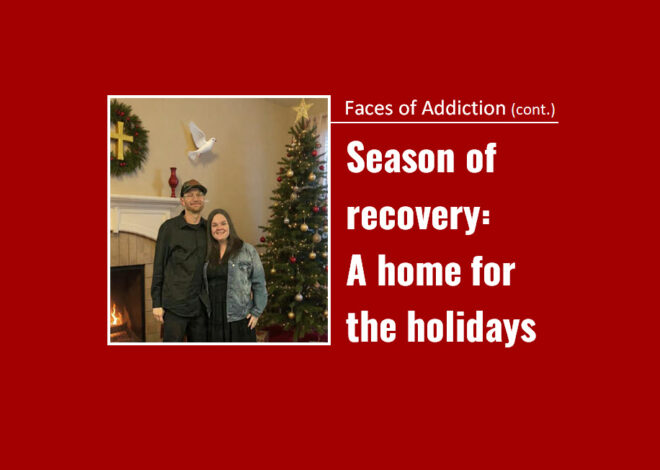Waterloo Needlework Club: Making the world a better place one stitch at a time
article and feature photo by Janice Powell, photos by Rose Collison
The Waterloo Needlework Club began in 1911 when eight neighborhood ladies assembled to help a grieving family. William Huttenlocher had lost his beloved wife, Mary, to heart problems, leaving four boys and two girls, ranging in ages of 4 to 13, without a mother. The women sewed and mended and gave of their time and talents.
The women enjoyed getting together to stitch and visit, so after helping the Huttenlochers, they agreed to meet once a month in each other’s homes. Original members of the group included Mrs. Lillian Hannewald, Mrs. Ada Hannewald, Mrs. Ina Randolph, Carrie and Sarah Huttenlocher, Kate and Julia Hoffman, and Mrs. Nina Miller.
When each World War came, the emphasis shifted to sewing for the Red Cross. During the years 1917-1918 the WNC’s secretary books listed 1,044 items sewn or knitted for soldiers. The women provided some 114 pairs of men’s socks, 17 trench caps, 126 abdominal bandages, 18 hospital shirts, 40 linen compresses, 154 T bandages, 46 men’s sweaters, and 56 refugee garments.

Wood burning stoves, candles and oil burning lanterns caused many house fires. The Neighborhood Sewing Circle, as the group was then known, responded to these tragedies and made quilts for the families. During the Great Depression, the club provided shoes, clothing, and quilts for needy families.
The women and their husbands often delivered garden vegetables to the Friendly Home of Jackson. A yarn fund for the Mother’s Star Club helped them provide bedcovers for soldiers at Camp Custer.
Carefully written meeting minutes reveal a rich history. When they started meeting, husbands would bring their wives in horse and carriage, then in cars on very rough dirt roads.
In later years the women drove themselves. The group sent flowers, fruit, or cards to other members or people in the community who were sick or in the hospital. Through the decades the women took in dues of 10-20 cents a meeting. The money was then used to buy material for quilts, if insufficient amounts were donated.
The club has supported many charities, including the Jackson Friendly Home, Red Cross, YMCA {war fund}, Salvation Army, Camp Custer, UNICEF, March of Dimes, Green Meadows Nursing Home, Howell Sanatorium, Coldwater Hope School, Ypsilanti State Hospital, Historical Society, Motts Hospital, Waterloo Farm Museum, Stockbridge Outreach, Hospice, Youth Haven, Jackson Interfaith Shelter, Aware Shelter, Veteran’s Hospital in Ann Arbor, and Allegiance Hospital infant and pediatric departments. Many of the charities are gone, but personal disaster and misfortune continue.
 The Waterloo Needlework ClubHomesteads aren’t what they used to be. Lenore Rogers, the secretary for the Waterloo Needlework Club for 42 years, suggested that all members have a barn quilt. The president of the club, Janice Powell, was the only member that had a barn! The remaining members proudly have small barn quilt signs in their yards.
The Waterloo Needlework ClubHomesteads aren’t what they used to be. Lenore Rogers, the secretary for the Waterloo Needlework Club for 42 years, suggested that all members have a barn quilt. The president of the club, Janice Powell, was the only member that had a barn! The remaining members proudly have small barn quilt signs in their yards.
Currently, members are making lap quilts for dialysis in Chelsea and Brighton Di Vita Centers, quilts for local vets and their widows, and the pediatric unit at Henry Ford Allegiance Hospital.
Every year the WNC demonstrates its sewing skills at the Waterloo Farm Museum, and any money donated goes to one of the following charities: Stockbridge Outreach Center, Youth Haven, Interfaith Shelter, Red Cross, and Allegiance Hospice.
WNC is a non-profit group and meets twice a month in the Munith United Methodist Church to sew, knit, have lunch, enjoy each other’s company and continue something the club has been doing for over 100 years: Making their little corner of the world a better place.

2 thoughts on “Waterloo Needlework Club: Making the world a better place one stitch at a time”
Comments are closed.




Janice, I love your barn quilt. I admire it everytime I pass your barn. May I ask where I could purchase one like it?
Great article…